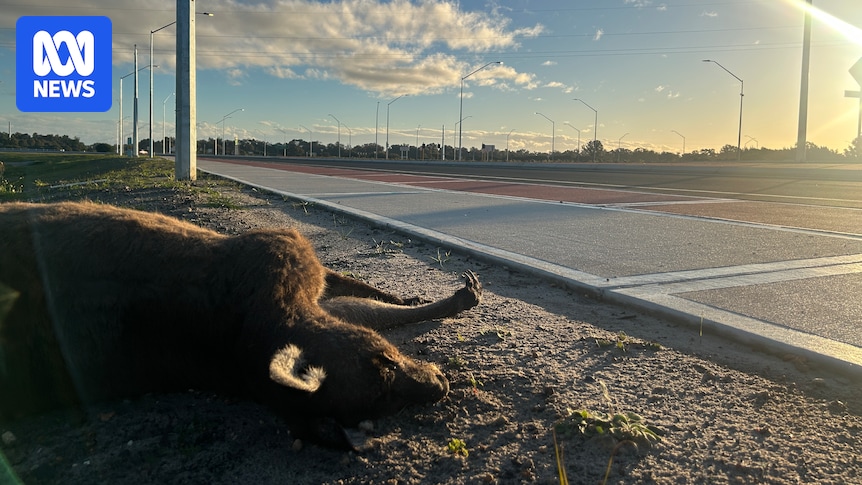Western Australia's transport agency has defended its fauna protection measures along Wilman Wadandi Highway despite rescuers tending to multiple calls a week.
Why it matters
- The ongoing wildlife rescue calls highlight potential gaps in the effectiveness of current fauna protection measures.
- The situation raises concerns about the impact of infrastructure development on local ecosystems.
- Increased public awareness could lead to greater advocacy for improved safety measures for wildlife.
Western Australia's transport agency has come under fire for its wildlife protection measures along the Wilman Wadandi Highway, as rescuers report responding to multiple incidents each week where animals are at risk. The situation has sparked a debate about the adequacy of the current strategies designed to safeguard local fauna, especially in areas where road construction and expansion intersect with natural habitats.
The Wilman Wadandi Highway, a crucial route in the region, has been noted for its scenic beauty and ecological significance. However, the increase in traffic and the expansion of infrastructure have raised alarm among conservationists and wildlife advocates. Reports indicate that rescuers are receiving an alarming number of calls each week concerning injured or stranded animals, prompting concerns about the effectiveness of the protective measures in place.
In defense of its actions, the transport agency has stated that it is committed to ensuring the safety of both motorists and wildlife. Officials assert that a range of measures are already in place, including wildlife crossing signs, fencing, and monitoring programs aimed at reducing animal-vehicle collisions. Despite these efforts, the frequency of wildlife incidents suggests that these strategies may not be sufficient to adequately protect the diverse species that inhabit the area.
Critics argue that the agency's response to wildlife protection has been reactive rather than proactive. With the increase in wildlife rescue calls, there is a growing sentiment that more robust measures are necessary to mitigate the risks posed to animals traversing or living near the highway. Suggestions for improvement include the installation of wildlife overpasses and underpasses, which have been shown to reduce animal fatalities in other regions, as well as enhanced signage and public awareness campaigns to inform drivers about wildlife activity in the area.
The issue is compounded by the ecological significance of the region, which is home to various species, some of which are threatened or endangered. Conservationists believe that the local government must prioritize wildlife protection and consider the long-term impacts of transportation projects on biodiversity. The transport agency's current measures, while well-intentioned, may not adequately address the complexities of wildlife behavior and habitat preservation.
Community members and environmental groups are increasingly vocal about the need for more effective solutions. Local advocates are calling for a comprehensive review of existing wildlife protection strategies, urging the government to adopt more innovative approaches that prioritize the safety of both animals and drivers. The dialogue surrounding this issue underscores the tension between infrastructure development and environmental stewardship, as communities seek to balance economic growth with ecological sustainability.
As the situation unfolds, the transport agency remains firm in its stance, claiming that it continues to assess and adapt its strategies based on feedback and ongoing research. However, the rising number of wildlife incidents indicates that there may be significant room for improvement. The agency's acknowledgment of the issue is a step forward, but many believe that it will take more than just acknowledgment to foster the necessary changes.
The community's response to the agency's defenses has been mixed, with many expressing frustration over the perceived inaction. As the conversation continues, public awareness and advocacy for wildlife protection are expected to grow, potentially influencing future policy decisions. The challenge remains to find a balance that allows for both the development of essential infrastructure and the protection of the region's unique wildlife.
In summary, the ongoing wildlife rescue calls along the Wilman Wadandi Highway serve as a crucial reminder of the need for effective wildlife protection measures in the face of increasing infrastructure demands. As stakeholders continue to engage in discussions about the best path forward, the hope is that sustainable solutions can be found that honor both human and animal needs in this vibrant part of Western Australia.











